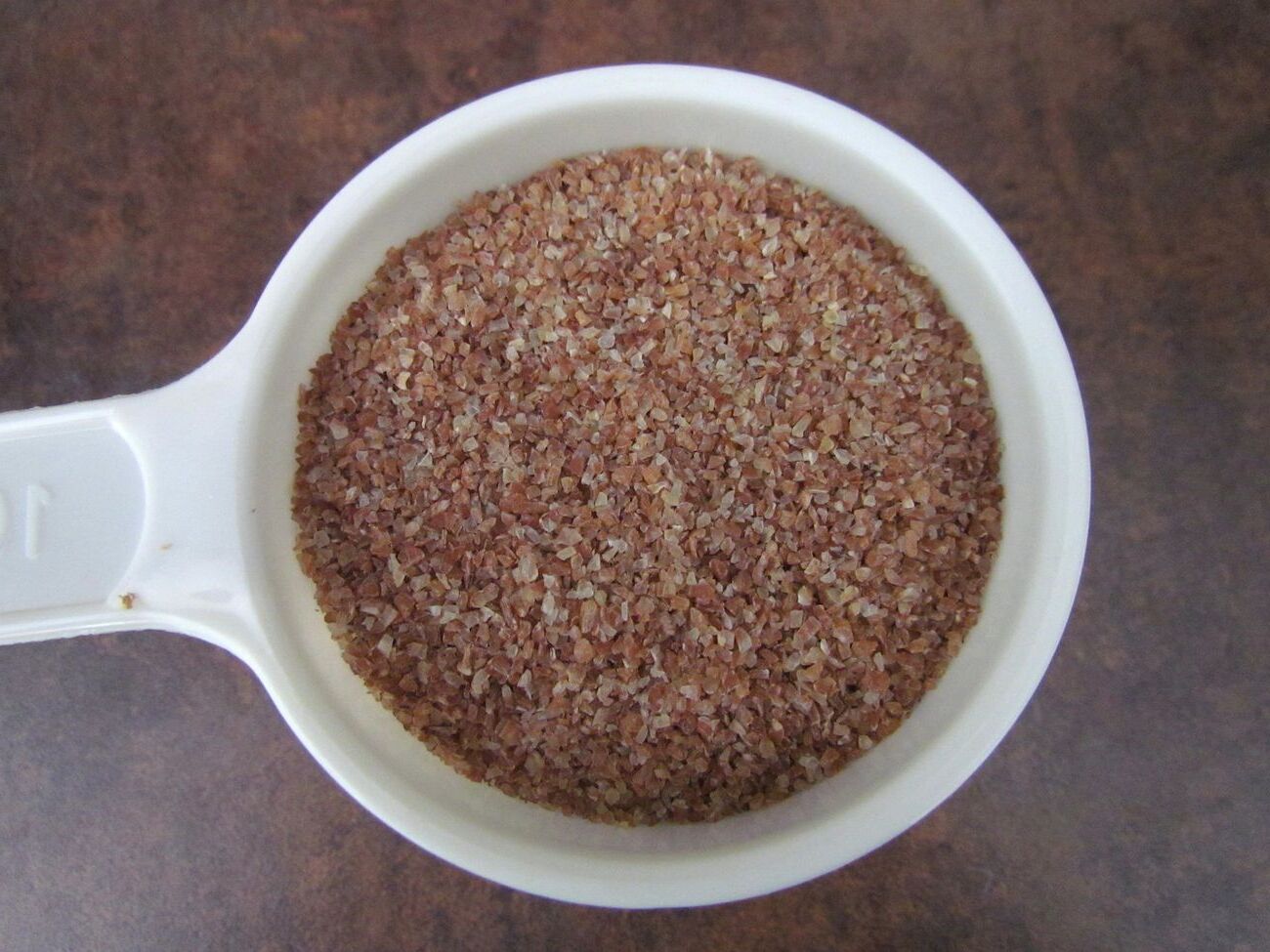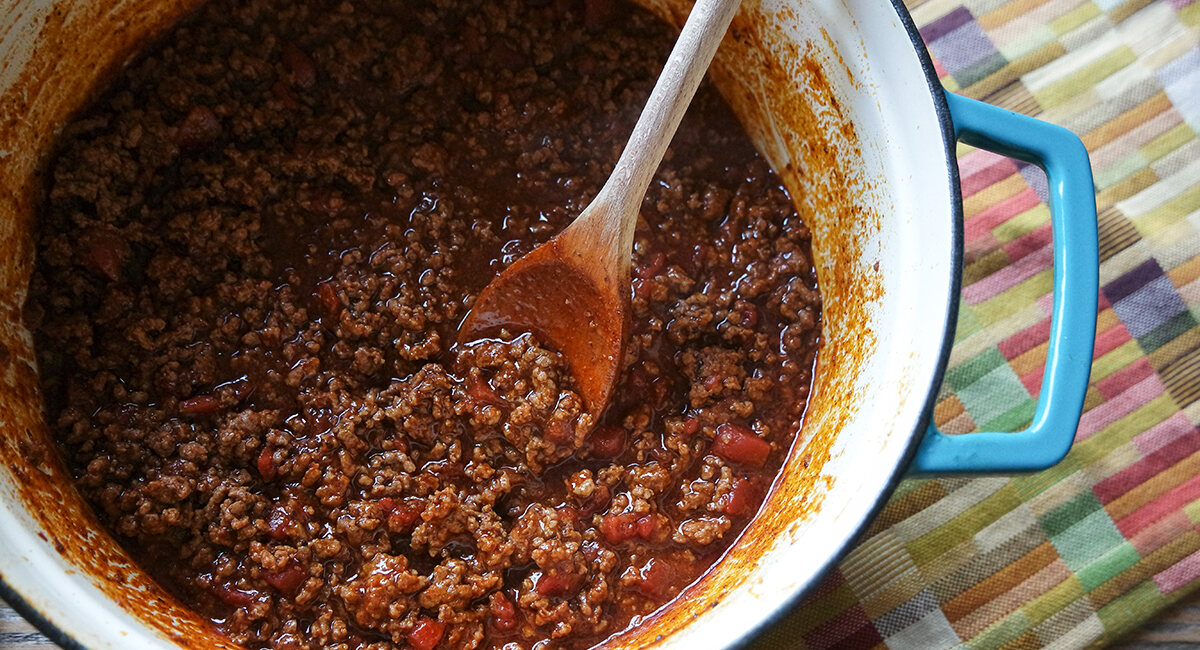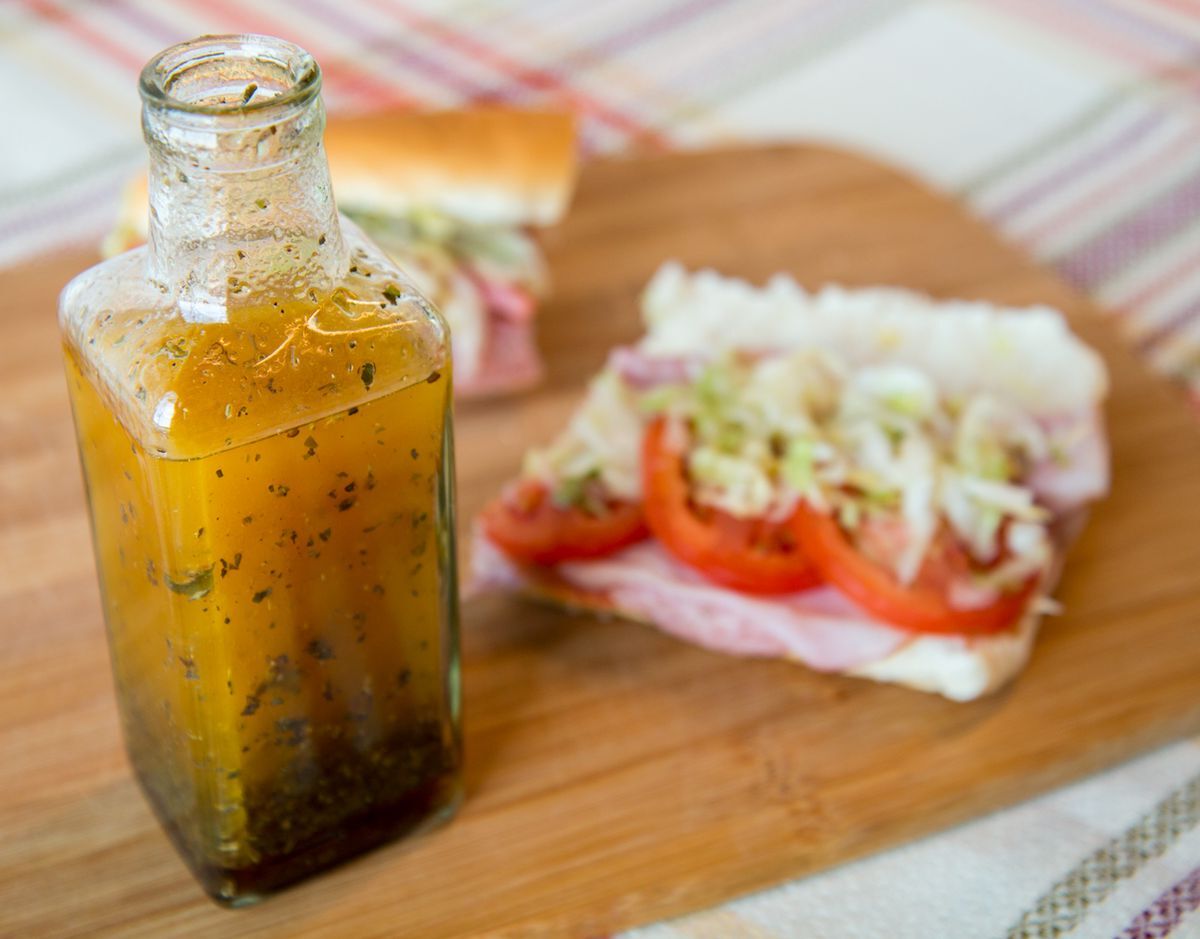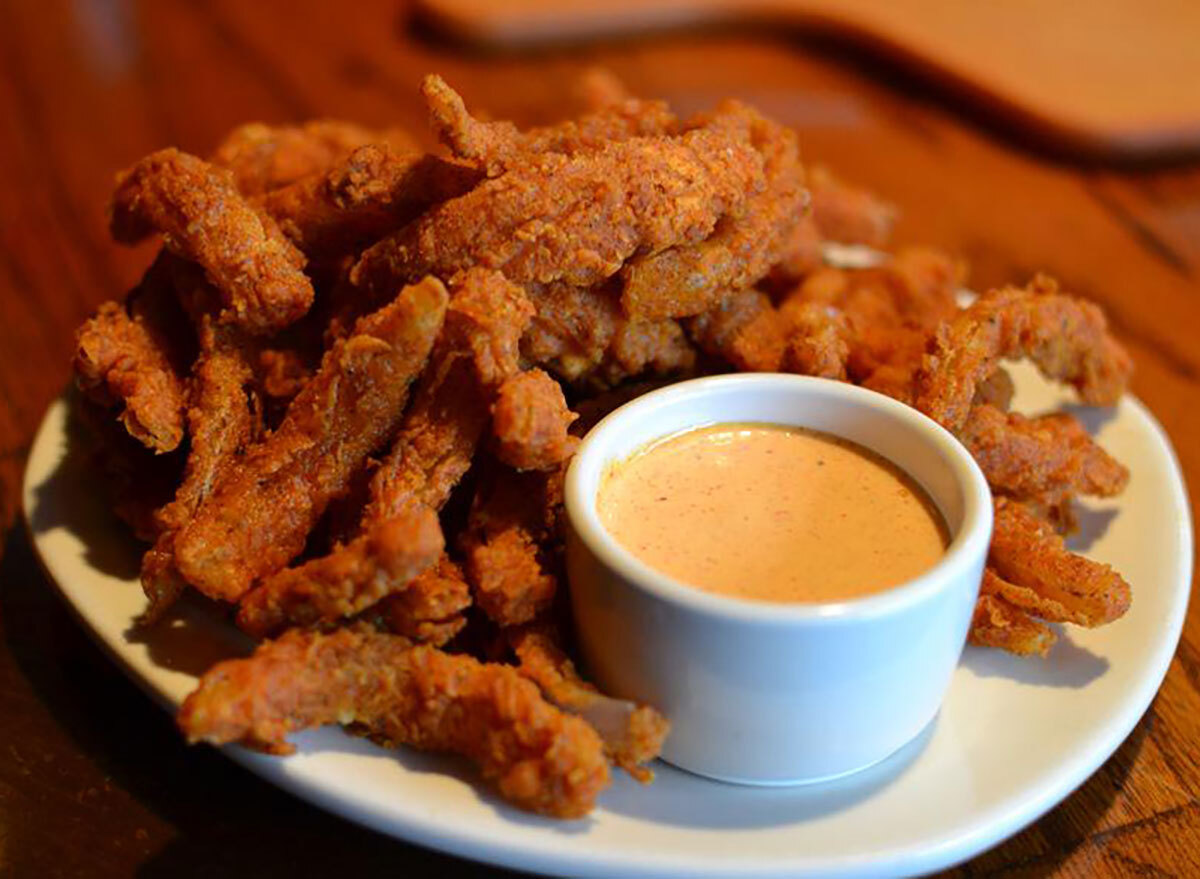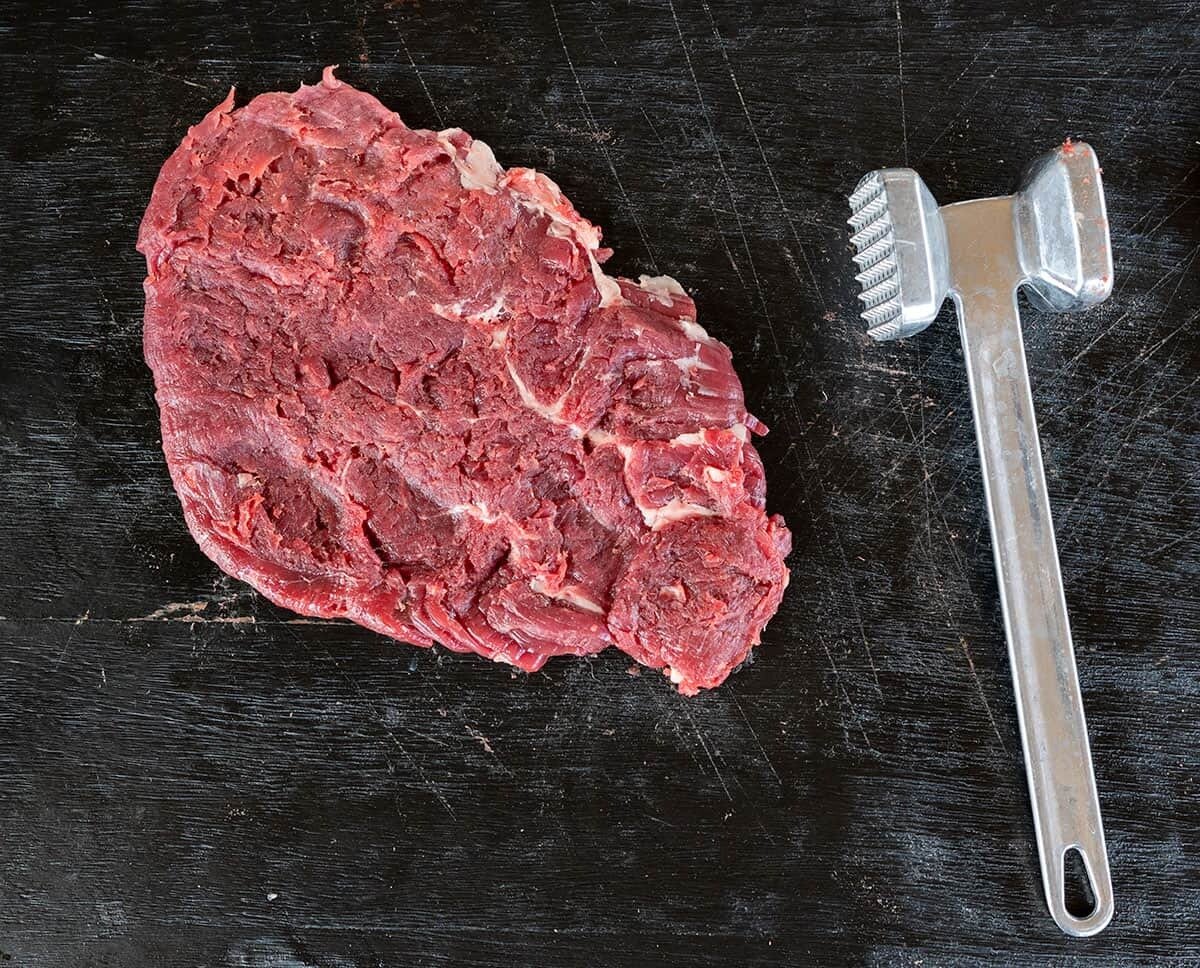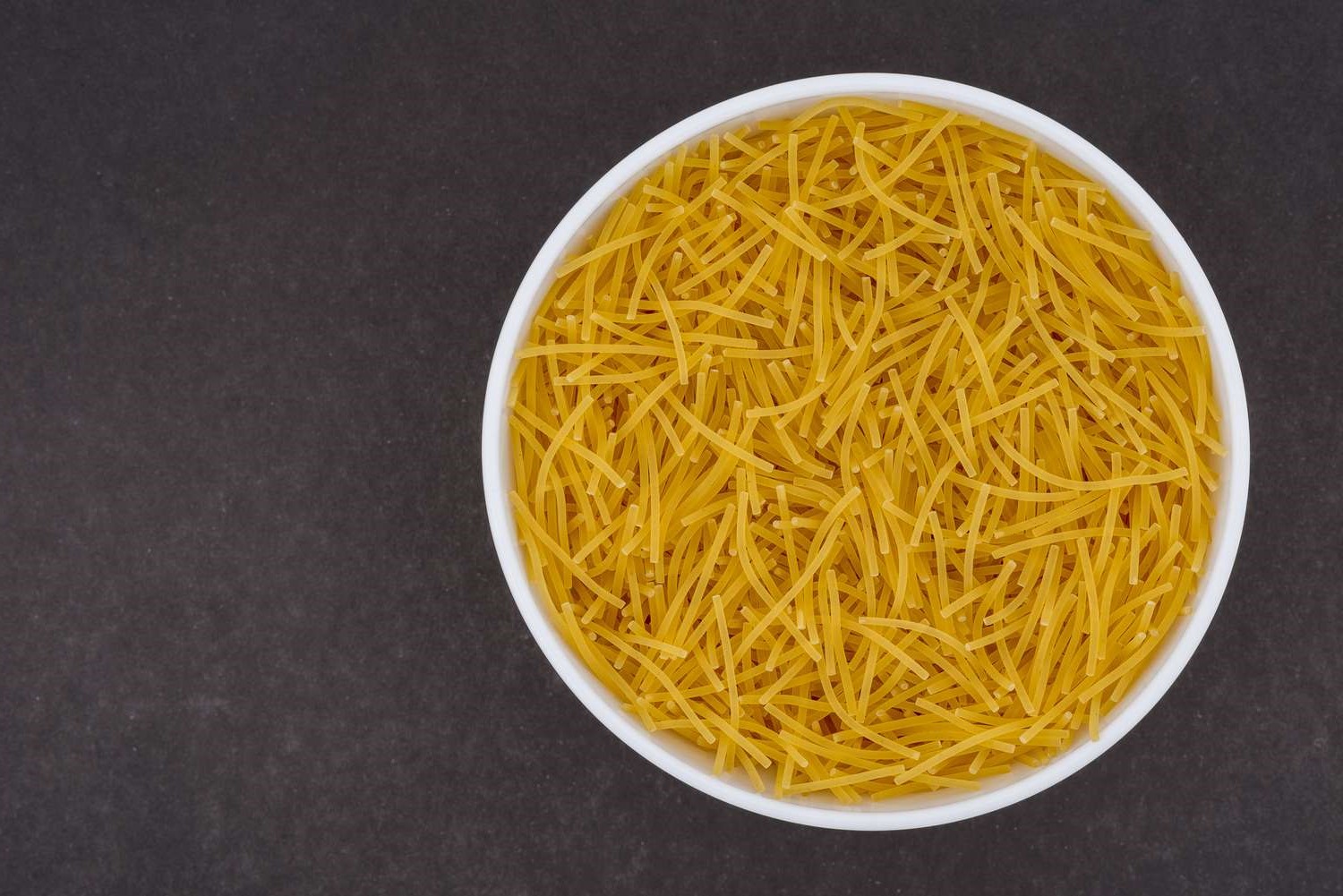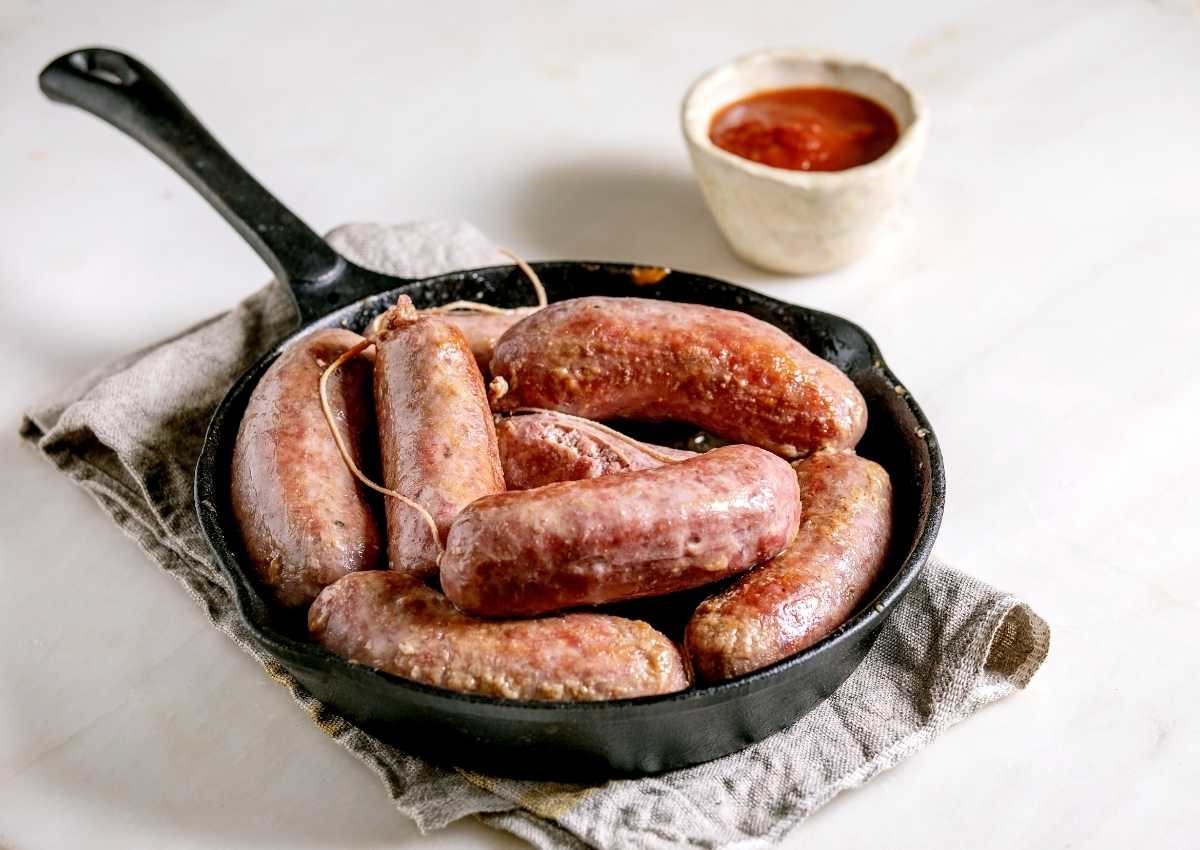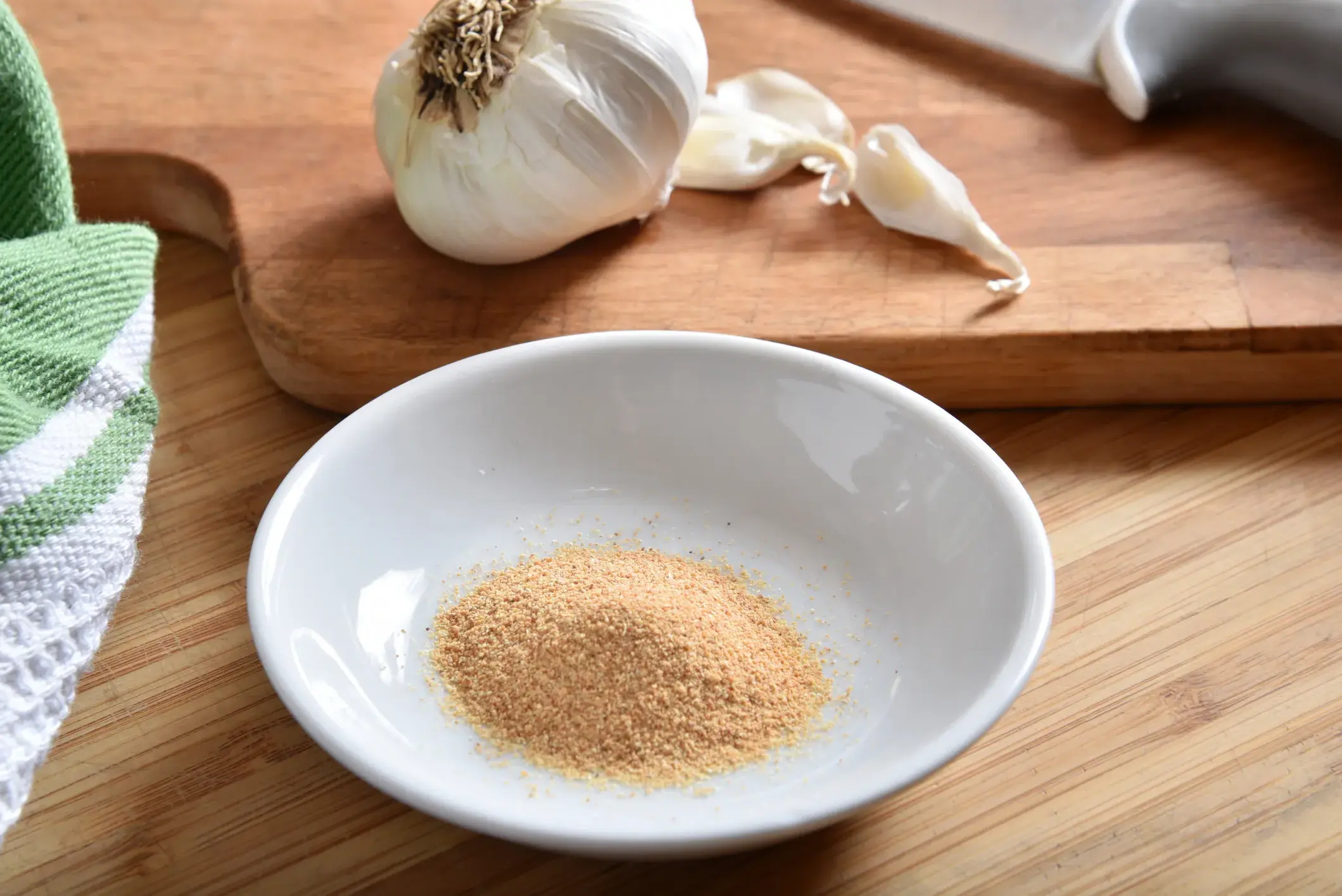When it comes to savory and flavorful sausages, sage sausage is a popular choice that adds a unique taste to a variety of dishes. But what exactly is sage sausage, and how is it used in cooking? In this article, we'll explore the origins of sage sausage, its ingredients, and some delicious ways to incorporate it into your meals.
What is Sage Sausage?
Sage sausage is a type of sausage that is seasoned with sage, a fragrant herb that is native to the Mediterranean region. The herb is known for its earthy, slightly peppery flavor, which adds a distinctive taste to the sausage. Sage sausage is often made from ground pork, although it can also be made with other types of meat such as turkey or chicken.
Ingredients
The key ingredients in sage sausage typically include:
- Ground meat: Pork is commonly used, but other options like turkey or chicken can also be used.
- Sage: This aromatic herb is the star of the show, providing the sausage with its signature flavor.
- Salt and pepper: These seasonings help to enhance the overall taste of the sausage.
- Other herbs and spices: Depending on the recipe, additional herbs and spices may be added to complement the flavor of the sage.
Cooking with Sage Sausage
Sage sausage is a versatile ingredient that can be used in a wide range of dishes. Here are some popular ways to cook with sage sausage:
-
Breakfast dishes: Sage sausage is a classic choice for breakfast dishes such as sausage and egg casseroles, breakfast burritos, or as a side to scrambled eggs.
-
Pasta: Incorporate sage sausage into pasta dishes like creamy carbonara or hearty bolognese for a flavorful twist.
-
Stuffed vegetables: Use sage sausage as a filling for stuffed peppers, mushrooms, or zucchinis for a satisfying and savory meal.
-
Soups and stews: Add sage sausage to soups and stews for an extra depth of flavor. It pairs well with ingredients like beans, potatoes, and leafy greens.
-
Pizza: Sprinkle crumbled sage sausage on top of pizza for a delicious and aromatic topping.
Where to Find Sage Sausage
Sage sausage can be found in the meat section of most grocery stores, either pre-packaged or available for purchase from the butcher. It is also possible to make your own sage sausage at home by combining ground meat with fresh or dried sage and other seasonings.
Conclusion
Sage sausage is a flavorful and aromatic ingredient that can elevate a wide range of dishes. Whether you're cooking up a hearty breakfast, preparing a comforting dinner, or adding a twist to your favorite recipes, sage sausage is a versatile option that brings a unique taste to the table. With its distinctive flavor and versatility, sage sausage is a must-try for any food enthusiast looking to add a touch of savory goodness to their meals.
Was this page helpful?
Read Next: What Is Whiting Fish?


